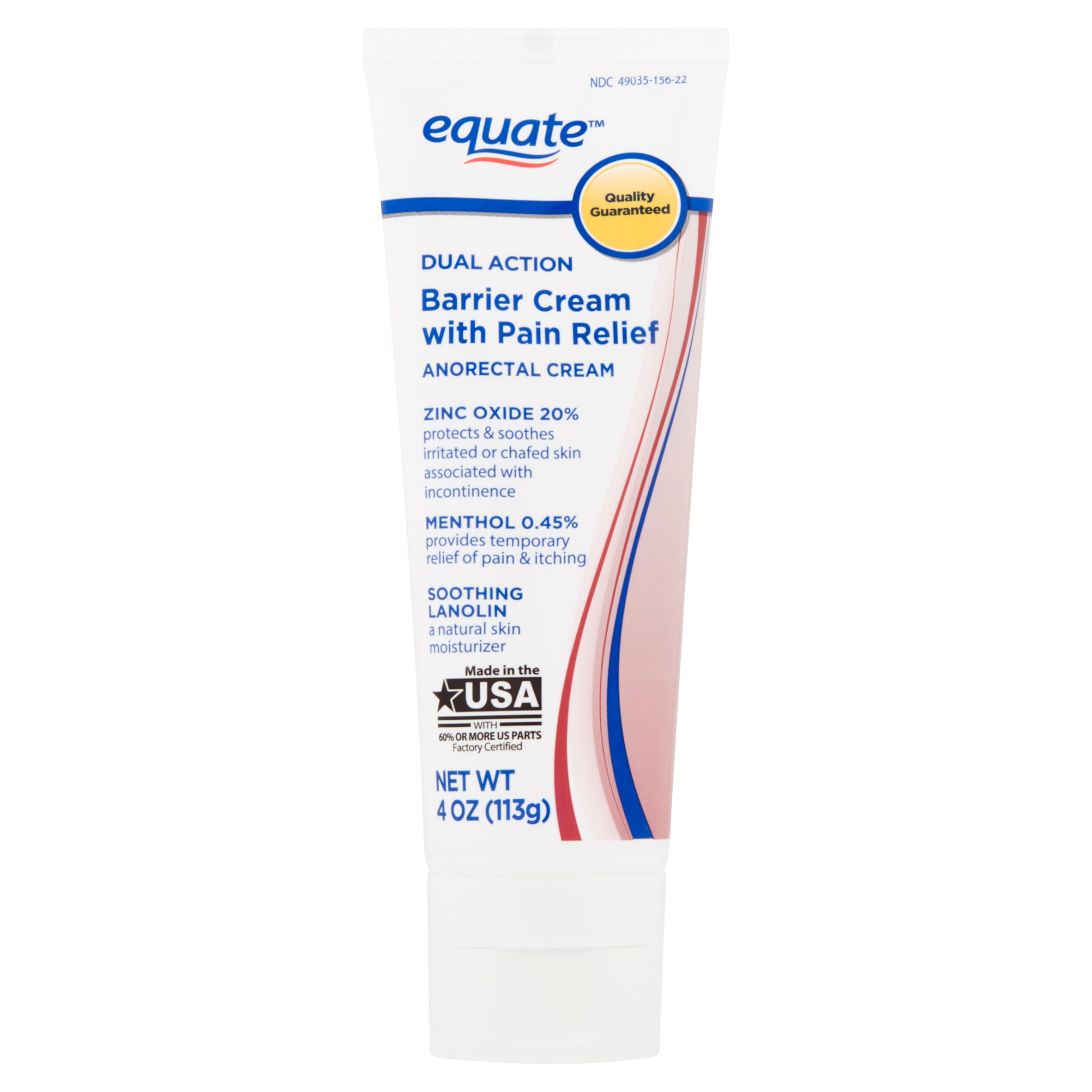
Barrier cream for bed sores skin#
Healthy skin has a pH of 5.5, which can help to protect against bacterial and fungal infection. It is therefore essential for people who are at risk of skin damage, their carers and health professionals to ascertain if moisture can be managed appropriately with barrier creams. Moisture offers an increasing challenge to the skin barrier, through the corrosive effects of excess sweat, exudate, urine and faeces. This outer layer can be damaged in many ways and a common cause of damage is through moisture. The skin's most outer layer called the stratum corneum provides a protective barrier. Mayo Clinic 2019.The skin is the largest organ of the body and our first line of defence against microbial invasion, minor trauma or a chemical breach. Rockville, Md.: Agency for Healthcare Research and Quality. Epidemiology, pathogenesis and risk assessment of pressure ulcers. National Pressure Ulcer Advisory Panel (NPUAP) announces a change in terminology from pressure ulcer to pressure injury and updates the stages of pressure injury.Philadelphia, Pa.: Saunders Elsevier 2014. In: Treatment of Skin Disease: Comprehensive Therapeutic Strategies. Infectious complications of pressure ulcers. Rochester, Minn.: Mayo Foundation for Medical Education and Research 2017.

Clinical staging and management of pressure-induced injury. One method of surgical repair is to use a pad of your muscle, skin or other tissue to cover the wound and cushion the affected bone (flap surgery). Good nutrition promotes wound healing.Ī large bedsore that fails to heal might require surgery. Topical pain medications also can be helpful during wound care. These can be very helpful before or after repositioning and wound care. Nonsteroidal anti-inflammatory drugs - such as ibuprofen (Advil, Motrin IB, others) and naproxen sodium (Aleve) - might reduce pain. The doctor or nurse may remove damaged tissue (debride) by gently flushing the wound with water or cutting out damaged tissue.
Barrier cream for bed sores free#
To heal properly, wounds need to be free of damaged, dead or infected tissue. You might need a combination of dressings. Bandage choices include films, gauzes, gels, foams and treated coverings. It also creates a barrier against infection and keeps skin around it dry. A bandage speeds healing by keeping the wound moist. Clean open sores with water or a saltwater (saline) solution each time the dressing is changed. If the affected skin isn't broken, wash it with a gentle cleanser and pat dry. Generally, cleaning and dressing a wound includes the following: Use a mattress, bed and special cushions that help you sit or lie in a way that protects vulnerable skin.Ĭare for pressure ulcers depends on how deep the wound is. How often you reposition depends on your condition and the quality of the surface you are on.

If you have a bedsore, turn and change your position often. The first step in treating a bedsore is reducing the pressure and friction that caused it. A neurosurgeon, vascular surgeon, orthopedic surgeon or plastic surgeon.A doctor who specializes in conditions of the skin (dermatologist).A dietitian who monitors your nutritional needs and recommends a good diet.An occupational therapist who helps to ensure appropriate seating surfaces.

A physical therapist who helps with improving mobility.A social worker who helps you or your family access resources and who addresses emotional concerns related to long-term recovery.Nurses or medical assistants who provide both care and education for managing wounds.

A physician or nurse specializing in wound care.A primary care physician who oversees the treatment plan.Treating pressure ulcers involves reducing pressure on the affected skin, caring for wounds, controlling pain, preventing infection and maintaining good nutrition. What is your normal daily diet and fluid intake?.What medical conditions have you been diagnosed with, and what is your current treatment?.What is your routine for changing positions?.What kind of care assistance is available to you?.How were they managed, and what was the outcome of treatment?.Have you had pressure ulcer in the past?.When did the pressure sore first appear?.


 0 kommentar(er)
0 kommentar(er)
